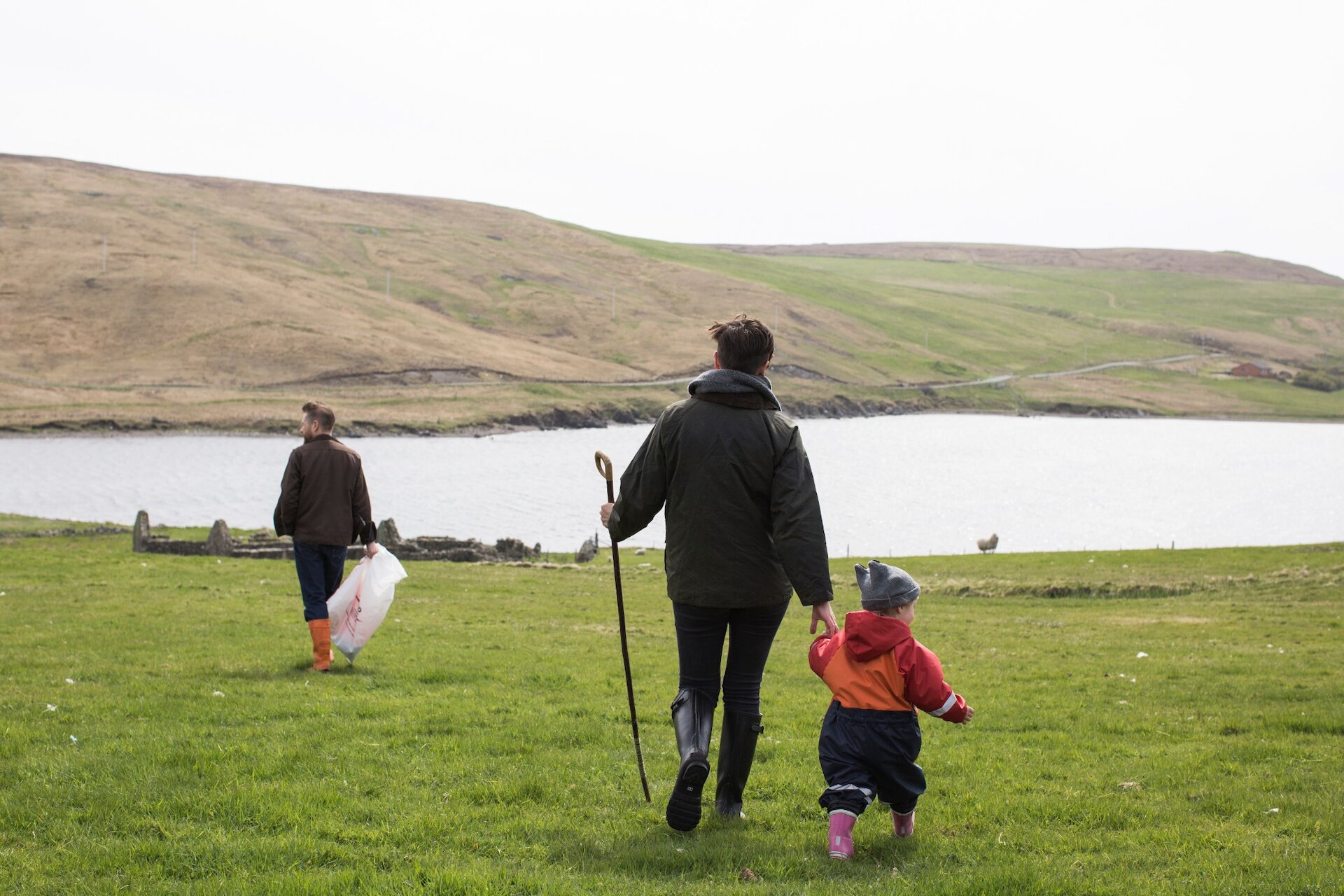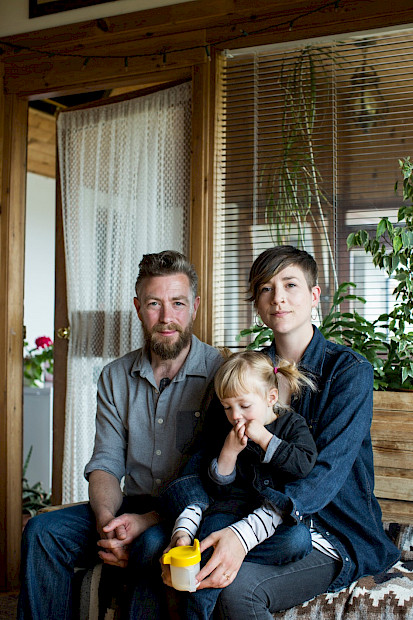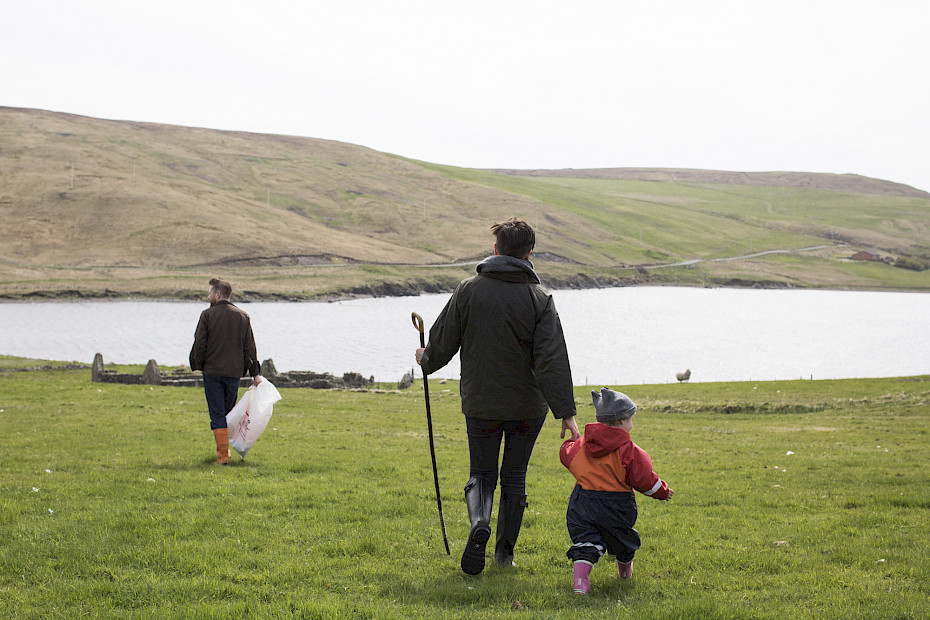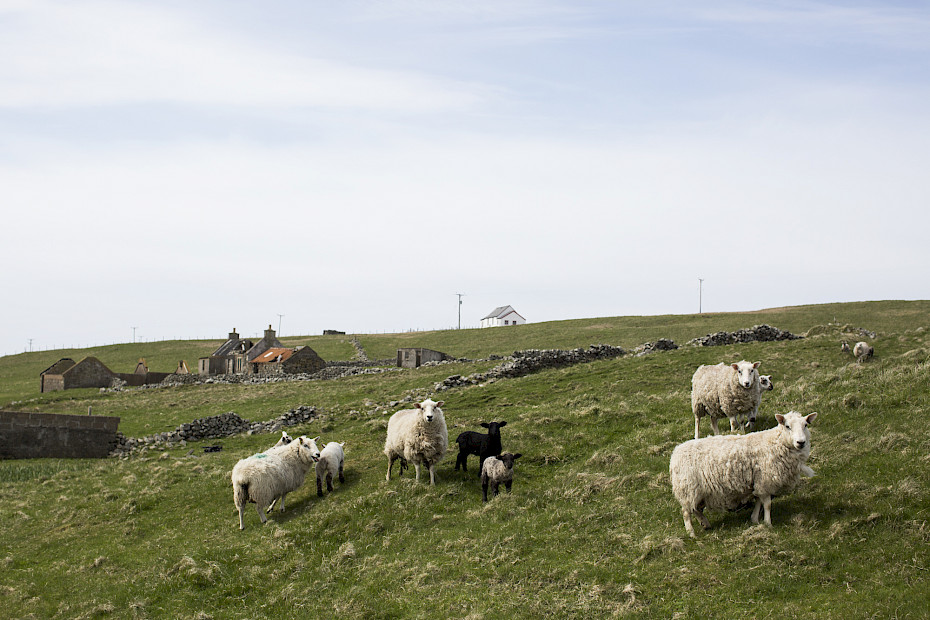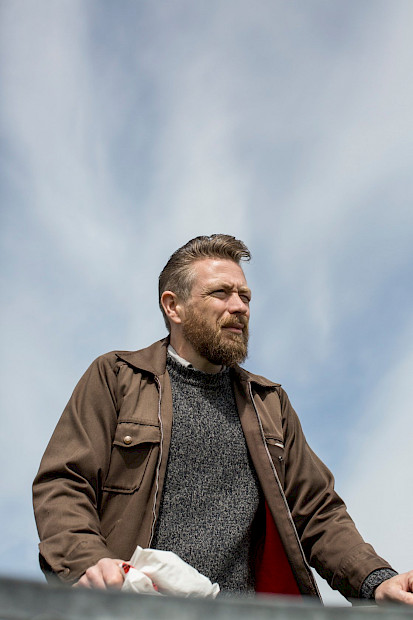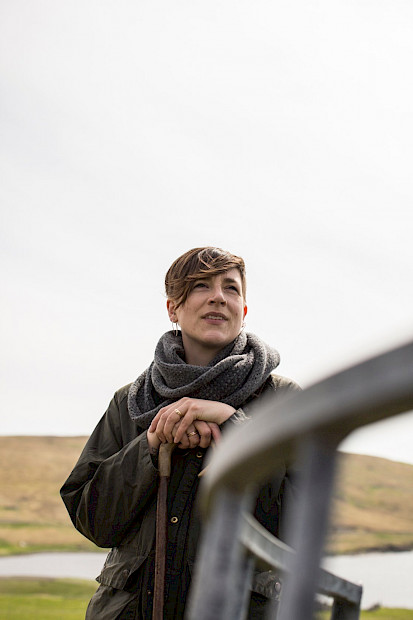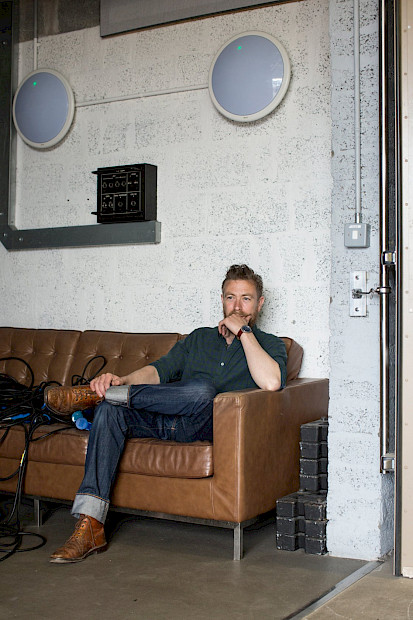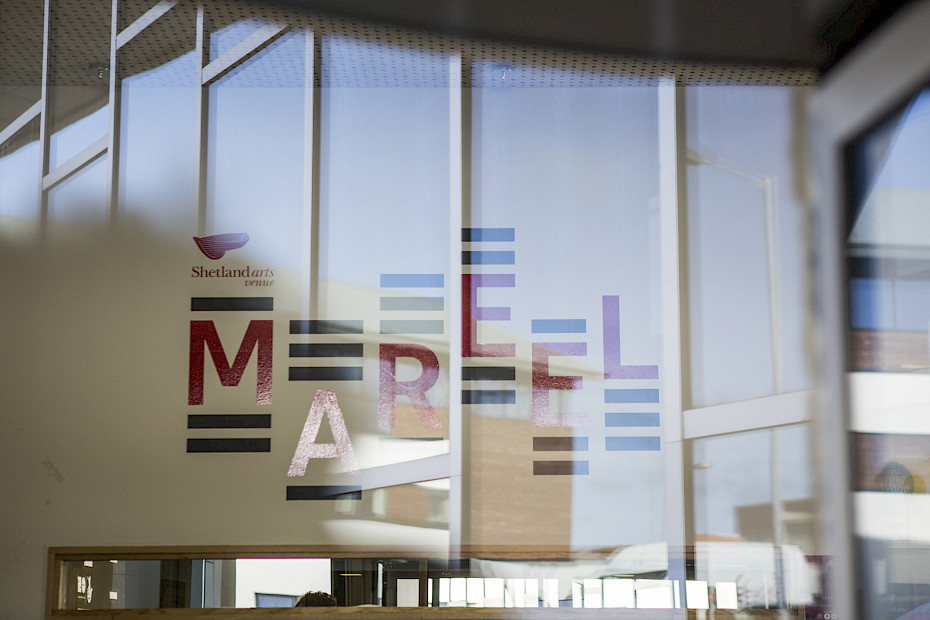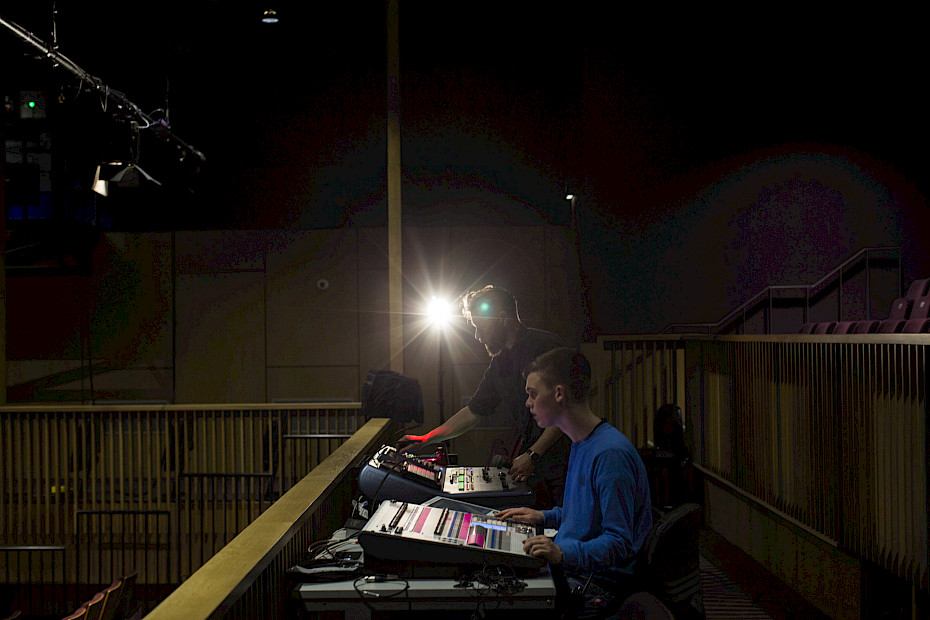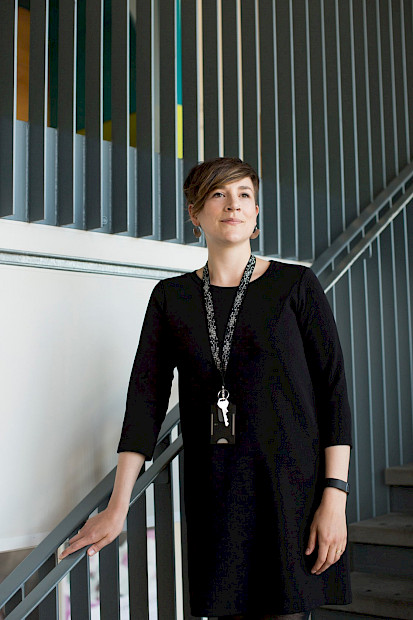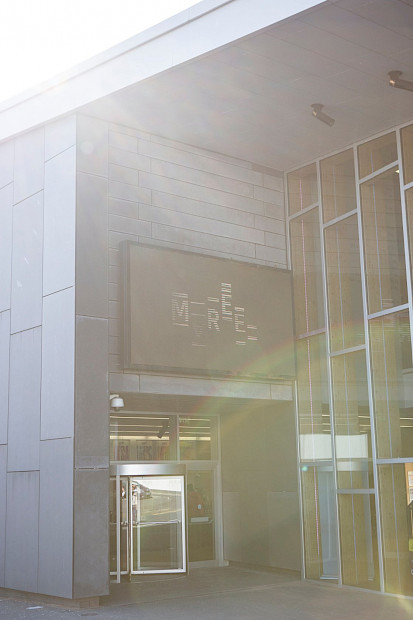Tim may be an outsider, but he’s had a love affair with Shetland since he was 12, learning the fiddle while he went to a small community school on Mull. That year, the legendary Shetland duo of Peerie Willie Anderson and Dr Tom Anderson came to play on the island. Peerie (Small) Willie was a guitar icon, who’d been inspired by the likes of Eddie Lang and Django Reinhardt to create a wild new take on traditional Shetland guitar-playing. Tammy Anderson was a Shetland fiddle legend, producing more than 300 melodies between 1936 and 1988, collecting many more traditional tunes, and winning an MBE in the process.
Tim recalls “these exotic creatures from the far north, who played this wild, unique music and spoke this dialect I’d never heard before — but who were so warm and friendly.” Dr Anderson invited Tim to his fiddle summer school at Stirling University, where Tim met young Shetlanders who’d been brought up playing the instrument. “It started a fascination with Shetland music,” he says, “and I started coming up to play in Shetland whenever I could, because there was just something about the welcome here. Playing in Shetland as a touring musician is different to anywhere else.”
Almost every house in Shetland has a fiddle, says Tim, but he also points at thriving rock, metal, jazz and classical scenes. “There are just so many really talented musicians here, of all stripes. Often, it’s just about a love of playing rather than performing, but you’ll get people crossing between bands: the amazing drummer in this band is also a great bass player in that band and the singer in this other band. It’s this bubbling cauldron of musical creativity, and it just keeps going through the generations. It’s amazing for me to just be part of it.”
Floortje, meanwhile, grew up in the big family house where they now stay, then went to Glasgow to study contemporary theatre. After university, she taught young children through theatre workshops, for the Glasgow Science Centre and then for the Scottish government. She was travelling a lot, and — as many Shetlanders seem to — started feeling the call of home. “I’d just become really disconnected to life in the city and needed a break,” she says. “I came home for a weekend, which turned into two weeks, and then a month.”
It was after a month – just as she was coming to terms with rebuilding a life in Shetland — that she met Tim at Mareel. As they initially began a long-distance relationship, they started imagining a shared future. “We both wanted to be more connected to the land and the sea,” says Floortje. “I wanted to take on some of my dad’s croft, and Tim was interested in that, too. It just felt right to make that commitment to being here.”
I couldn’t imagine anything better for my child than having that freedom to go outside, to explore and get mucky…
